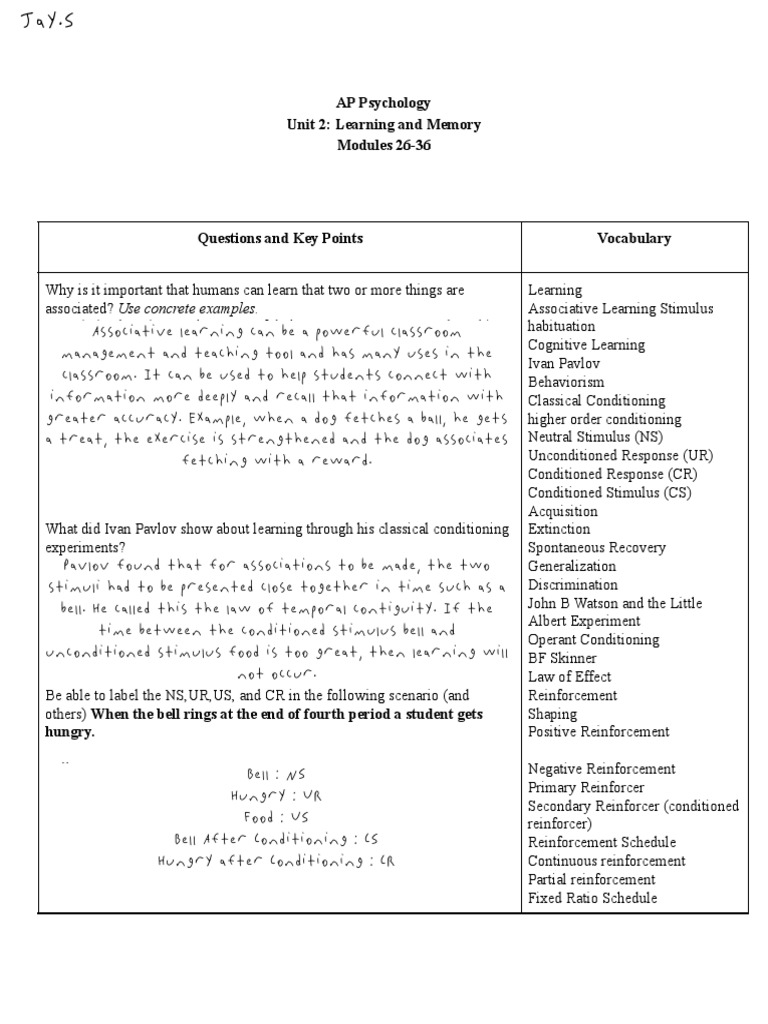5 Ways Read

Reading is an integral part of human learning and development, offering a wealth of benefits that can enhance our understanding of the world, improve our language skills, and expand our knowledge base. The act of reading is not just about consuming words on a page or screen; it’s about interpreting, understanding, and sometimes even challenging the ideas presented to us. In this article, we’ll delve into the multifaceted world of reading, exploring its various dimensions and how they contribute to our personal and intellectual growth.
1. Active Reading: Engaging with the Material
Active reading is a strategy that involves engaging deeply with the material you’re reading. It’s not just about moving your eyes over the words; it’s about questioning, analyzing, and interpreting the text. Active readers ask themselves questions like “What is the main idea of this chapter?”, “How does this relate to what I already know?”, and “What evidence supports the author’s claims?” This approach enhances comprehension, encourages critical thinking, and helps readers to retain information better. Active reading strategies can include summarizing the text in your own words, making notes, and discussing the content with others.
2. Critical Reading: Evaluating Information
Critical reading takes the concept of active reading a step further by focusing on the evaluation of the information presented. It involves a systematic evaluation and analysis of the text to identify the author’s purpose, the intended audience, and the underlying biases or assumptions. Critical readers consider the credibility of the sources, the methodologies used to gather information, and the implications of the conclusions drawn. This approach helps readers to discern fact from opinion, recognize propaganda or misinformation, and make informed decisions based on the evidence.
| Aspect of Critical Reading | Description |
|---|---|
| Contextual Understanding | Understanding the historical, cultural, and social context in which the text was written. |
| Author's Purpose | Identifying why the author wrote the text and what they hope to achieve. |
| Evidence Evaluation | Assessing the quality and relevance of the evidence presented to support claims. |

3. Creative Reading: Imagining and Interpreting
Creative reading involves using your imagination to interpret and understand the text on a deeper level. It’s about bringing the words to life, visualizing the scenes, characters, and settings, and connecting the narrative with your personal experiences and emotions. This approach is particularly relevant when reading fiction or poetry, as it allows readers to engage with the material on a more personal and emotional level. Creative reading can also involve making connections between different texts or genres, recognizing patterns and motifs, and exploring the thematic resonance of the work.
4. Analytical Reading: Breaking Down Complex Ideas
Analytical reading is a methodical approach to reading that involves breaking down complex ideas or arguments into their component parts to understand them better. It requires identifying the main concepts, analyzing how they relate to each other, and evaluating the logic and coherence of the argument. Analytical readers look for patterns, themes, and causal relationships within the text. This approach is crucial for academic and professional settings, where understanding and critically evaluating complex information is essential.
Analytical reading is about dissecting the text with precision, much like a surgeon, to uncover the intricacies and nuances that underlie the surface-level narrative.
5. Reflective Reading: Personal Reflection and Growth
Reflective reading involves reflecting on what you have read, considering how the information or ideas resonate with your own beliefs, values, and experiences. It’s about integrating the new knowledge into your existing understanding of the world and recognizing how it might challenge or reinforce your perspectives. Reflective reading can lead to personal growth, as it encourages readers to question their assumptions, explore their biases, and develop a more nuanced view of the world. This process can be facilitated through journaling, discussing the text with others, or simply taking the time to contemplate the implications of what you’ve read.
Conclusion
Reading is a multifaceted activity that offers numerous benefits, from improving our language skills and expanding our knowledge base to fostering empathy, creativity, and critical thinking. By adopting different reading strategies—active, critical, creative, analytical, and reflective—we can enhance our reading experience, deepen our understanding of the texts, and cultivate a more informed and nuanced worldview. Whether for pleasure, education, or personal development, the act of reading has the power to transform us in profound ways, encouraging us to see the world from new perspectives and to grow both intellectually and emotionally.
What are the key benefits of active reading?
+Active reading enhances comprehension, encourages critical thinking, and helps readers retain information better. It involves engaging deeply with the material by questioning, analyzing, and interpreting the text.
How does critical reading contribute to evaluating information effectively?
+Critical reading helps in evaluating the credibility of sources, recognizing biases, and assessing the quality of evidence. It involves a systematic analysis to discern fact from opinion and to make informed decisions based on the evidence.
What role does reflective reading play in personal growth?
+Reflective reading encourages personal growth by prompting readers to integrate new knowledge into their existing understanding, challenge their beliefs, and explore their biases. It fosters a deeper understanding of oneself and others, leading to empathy and a more nuanced worldview.

